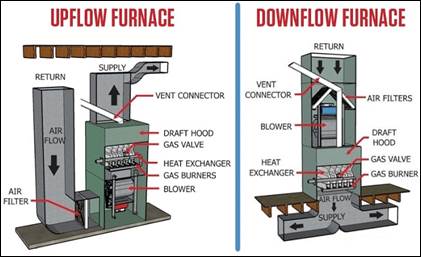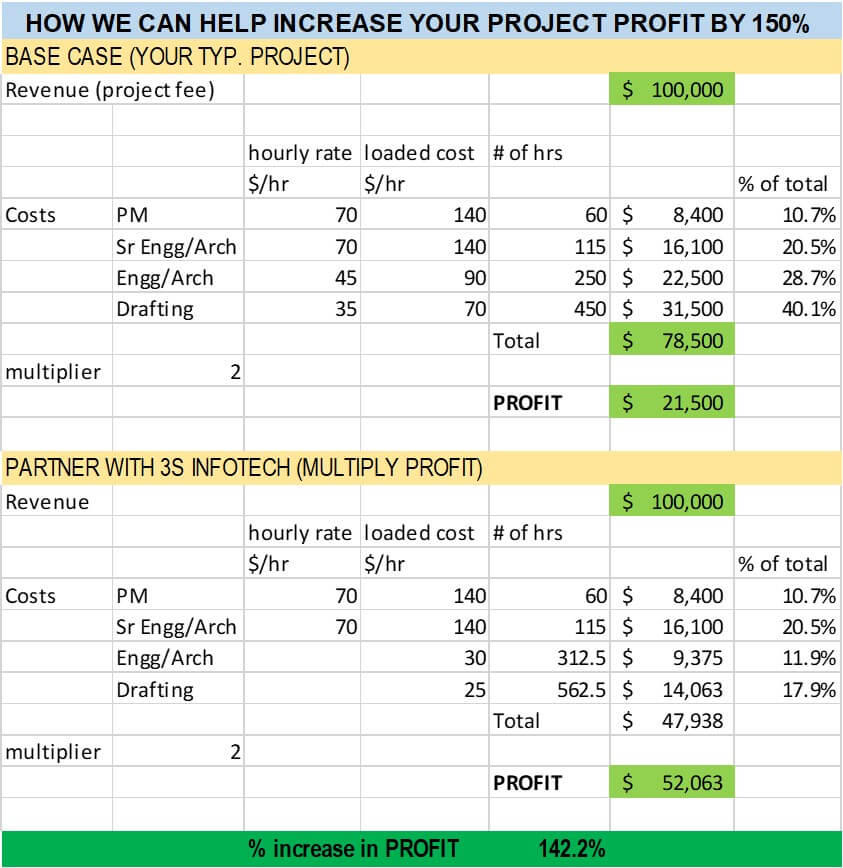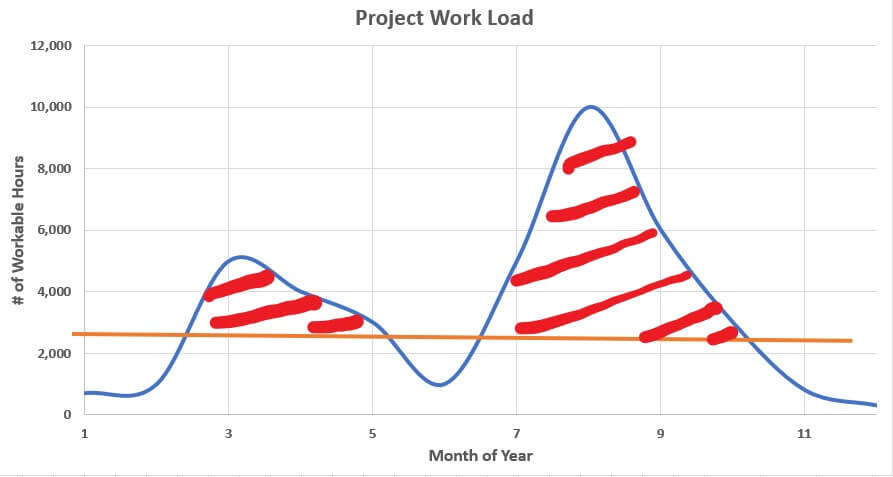UPFLOW vs DOWNFLOW FURNACE – INSTALLATION GUIDELINES
When it comes to furnace installation, there are numerous options, including the direction in which warm air will circulate from the furnace. Although it may seem like a minor factor, the upward or downward flow of air can impact the placement of the furnace. For an engineer designing and selecting a new furnace, it’s crucial to have a fundamental understanding of the furnace’s features so that they can make an educated decision.
This article provides a fundamental explanation of the answer, which is as follows:
UPFLOW FURNACE

As hot air tends to ascend and cold air to descend, positioning and installing a furnace in the lowest level of a home enables it to draw in more cold air and convert it into warm air. This results in an efficient flow of heat to all parts of the house. It is the preferred option in colder regions where the furnace is primarily used for heating purposes rather than cooling.
DOWNFLOW FURNACE
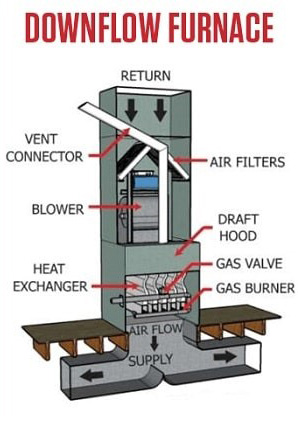
Conversely, a downflow furnace is typically positioned at the highest point of the house, which is often the attic. This arrangement enhances cooling by efficiently drawing in warm air and distributing cool air downwards. As a result, downflow furnaces are commonly installed in regions with hot summers and relatively mild winters.
The crucial factors to consider are whether your home requires more heating than cooling and whether warm air should rise while cool air falls. If that’s the case, then an upflow or horizontal flow furnace is the appropriate option. This type of furnace reduces heating costs and enhances home comfort by working with the natural movement of warm and cool air. If possible, the upflow furnace should be installed on the lower level of the house, such as in the basement or crawlspace in an upflow position or on the first floor in a house built on a slab.
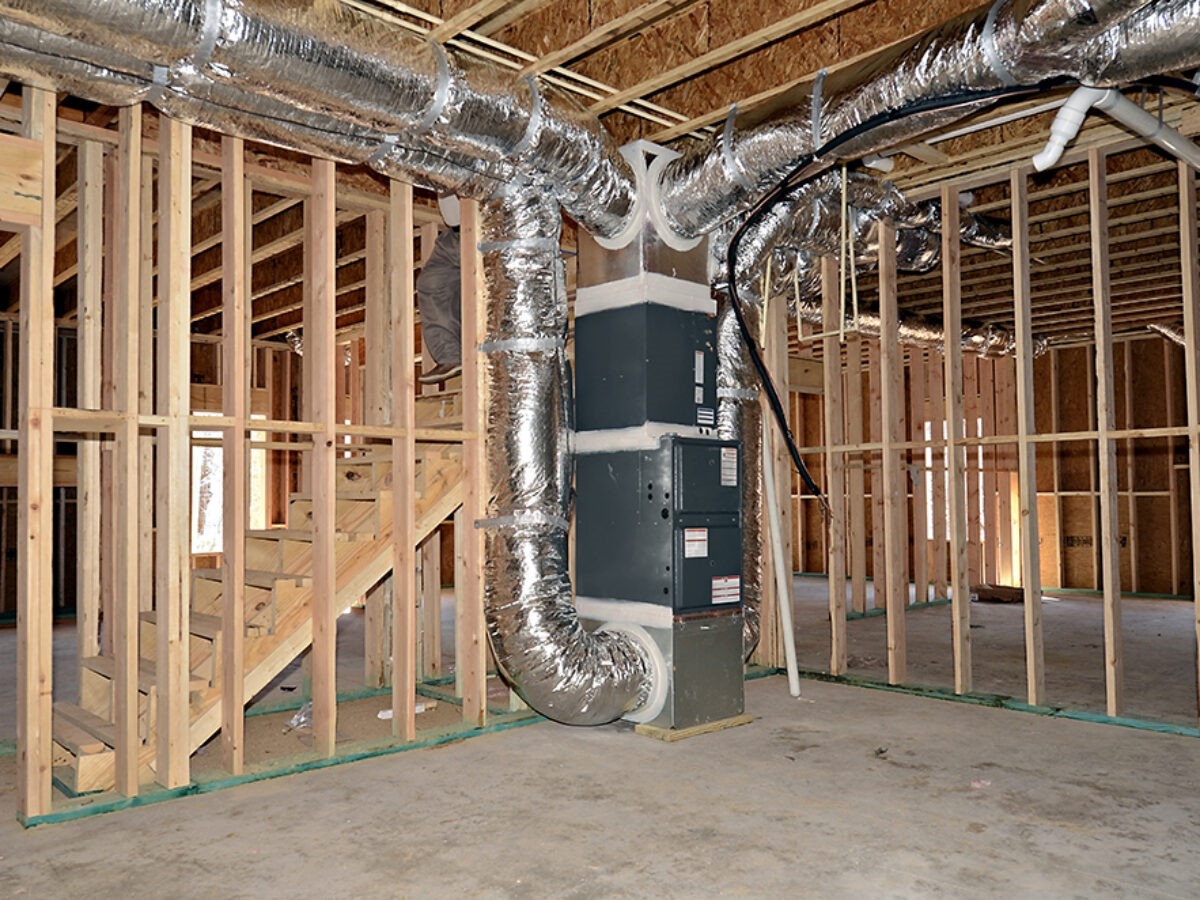
CLIMATE ZONE FACTOR

Your climate zone is the second factor that determines your ideal furnace size. Homes in colder regions of the country require more heating power than homes in warmer areas.
Where physical space and geometry of the house allows, it is recommended to install upflow furnaces in climate zones 5, 6, and 7.
If the home requires more cooling than heating, a downflow furnace is a more suitable option. Downflow furnaces shall be installed in climate zones 1, 2, 3, and 4, where house geometry permits.
Heat pump has gained popularity recently in the United States especially in climate zones 1, thru 3. More and more houses are going fully electric, which makes the house safer by eliminating risk of gas leaks, and potentially going net zero by offsetting power used by the power produced using solar panels. Low ambient heat pumps system should also be considered for climate zones 4, and 5.
By: Kiran Akre
2 mint. read

